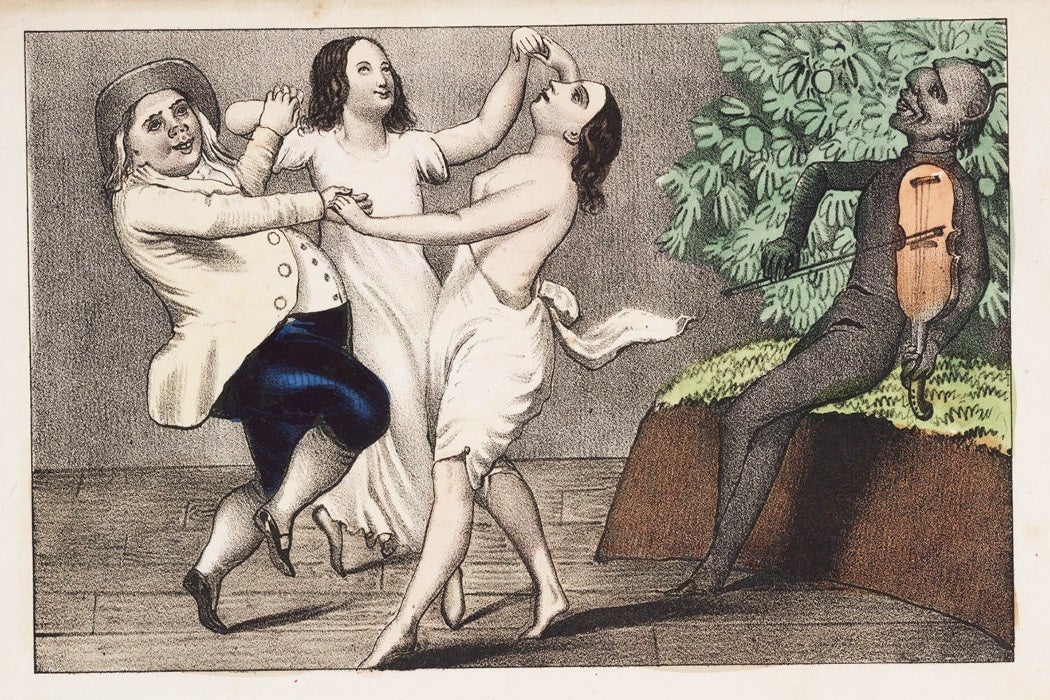The Atlantic recently reported on a new anti-pornography campaign run by Mormons. That Mormons would be strongly anti-porn fits in with modern stereotypes of the religion as wholesome and straight-laced. But in the Victorian era, Americans thought of the religious group in a very different way.
In a 1993 paper, Craig L. Foster describes how the early Mormons’ practice of polygamy gave the group a dangerous, exotic image.
Foster writes that there had been suspicion about The Church of Jesus Christ of Latter-day Saints since the religion was founded in 1830. The announcement of a Mormon plural marriage in 1852 popularized concerns about the moral bearings of the church. Some opponents of the Mormonism took to a style of writing likely to gain a wide audience: erotic stories.
This was not a new tactic. Foster writes that one of the most popular books written in America before Uncle Tom’s Cabin was a 1863 anti-Catholic “purported autobiography” detailing rape and sadist acts committed by priests in a convent.
The appeal of this kind of story, and the public prudishness we often associate with Victorian society, didn’t come out of nowhere. The era, with its widespread industrialization and accompanying growth of big cities, left people worried that the social fabric created by small-town life was disappearing. Clergy and reformers responded by publishing self-help literature stressing religion and clean living. And yet, Victorians were also enjoying a big expansion of the arts, particularly English-language fiction, which was just emerging as a popular form.
Foster writes that one socially acceptable form of semi-pornographic media in the Victorian era was moralizing fiction. Descriptions of sex acts were acceptable so long as they condemned the sinful behavior. The stories were often told in first person, featuring an exotic, sexually powerful villain and a victim who usually dies in the end. Foster notes this plot point functions by “not only heightening the pathos and stressing her passivity but tidying up any loose ends quickly.”
Some anti-Mormon tracts followed this formula, describing innocent women dragged into plural marriages. Authors imagined salacious temple ceremonies, incest, torture, and murder. Stories emphasized the “sexual magnetism of the Mormon male, the hypnotized passivity of his innocent victim.” The tracts might feature rape, but often the men were portrayed as being in league with Satan, “using evil arts” to deceive and seduce their victims. The women in the stories were “generally both attracted to and repelled by these ‘demon-lovers.’”
The combination of attraction and repulsion, of course, could also describe Victorians’ attitudes to these stories—not to mention our own modern relationship with porn.







